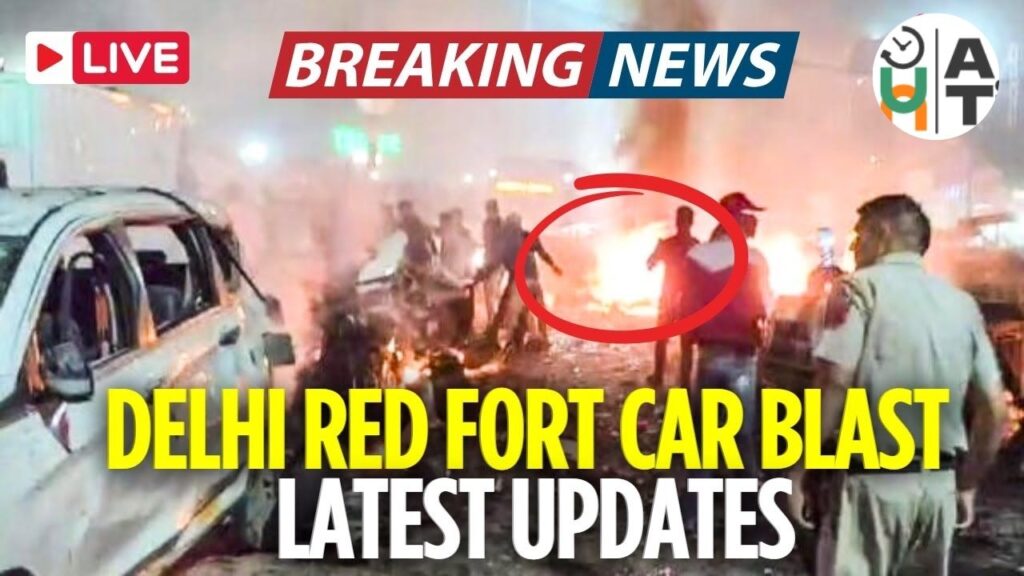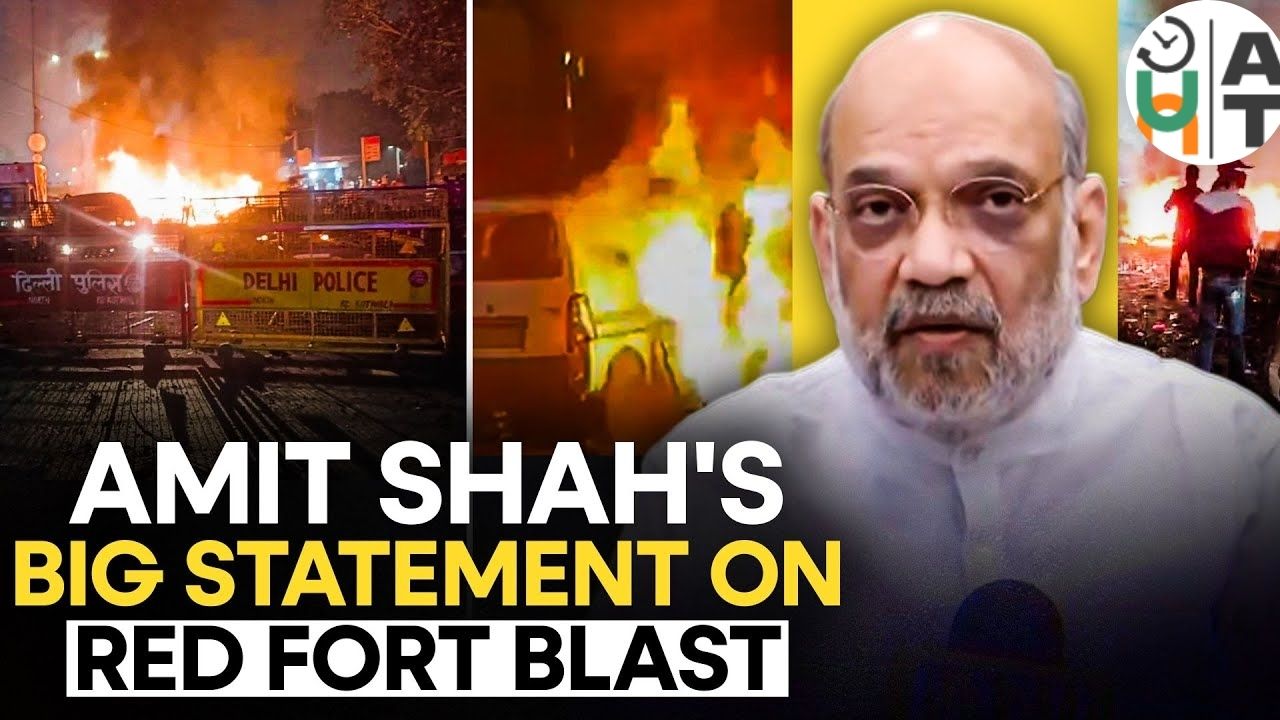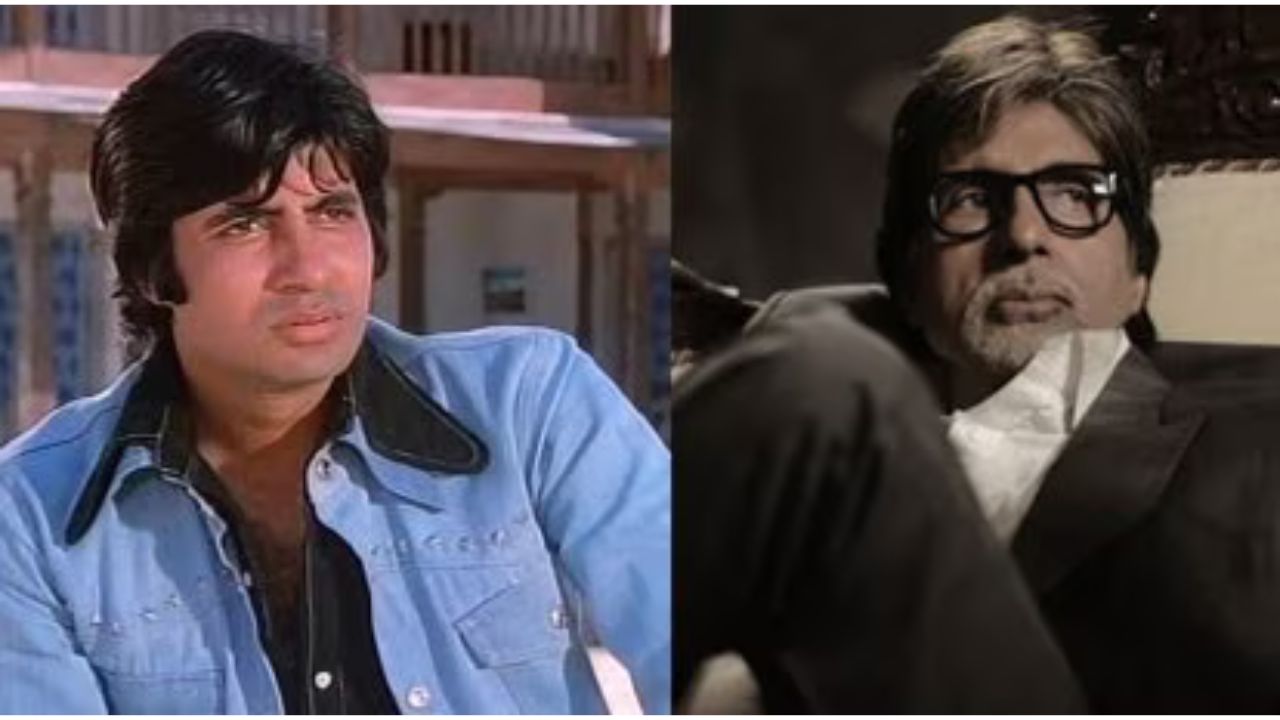Following the devastating car explosion near Delhi’s Red Fort metro station on November 10, 2025, which claimed at least 10-13 lives and injured 24 others, Uttar Pradesh Chief Minister Yogi Adityanath immediately placed the entire state police force on high alert and ordered comprehensive security enhancements across all 75 districts. Within hours of the blast, CM Adityanath directed DGP Rajeev Krishna to implement stringent security protocols, intensify border area surveillance, and coordinate closely with central agencies investigating the terror attack.

Immediate Response by UP Chief Minister
Chief Minister Yogi Adityanath expressed serious concern over the Delhi Red Fort blast and took swift administrative action within minutes of receiving information about the incident. He immediately contacted Director General of Police Rajeev Krishna to obtain complete details of the explosion and assess potential security threats to Uttar Pradesh.
The Chief Minister’s rapid response included several critical directives to ensure the safety of UP citizens and prevent any similar incidents within the state’s borders. CM Adityanath ordered that the entire police force be placed on high alert, with intensive checking initiated immediately and security arrangements strengthened across all districts, particularly those sharing borders with Delhi.
Key immediate actions taken:
- Direct communication established with DGP Rajeev Krishna for real-time situation assessment
- State-wide high alert declared across all 75 districts of Uttar Pradesh
- Instructions issued to neutralize any potential threats swiftly and decisively
- Home department directed to maintain close coordination with central security agencies
- Border districts with Delhi ordered to implement maximum security protocols immediately
The Chief Minister also instructed the home department to conduct a comprehensive state-wide security review, focusing on vulnerable locations, religious sites, and crowded public spaces that could become potential targets. His proactive approach ensured that Uttar Pradesh’s security apparatus was mobilized within the first hour of the Delhi blast, demonstrating the administration’s commitment to public safety.
Security Measures Implemented Across Uttar Pradesh
Following CM Yogi Adityanath’s directives, DGP Rajeev Krishna issued detailed instructions to all district police chiefs, zonal Additional Director Generals (ADGs), Inspector Generals (IGs), and Range Deputy Inspector Generals (DIGs) across Uttar Pradesh. The comprehensive security protocol covered multiple aspects of public safety, intelligence gathering, and threat neutralization.
Deployment of senior officers in the field:
- All senior police officers directed to remain physically present in the field rather than at headquarters
- Personal inspection and patrolling of sensitive areas, markets, public gatherings, and religious places mandated
- District Superintendents of Police (SPs) instructed to conduct frequent site visits to crowded locations
Enhanced security at sensitive locations:
- Security arrangements at important establishments, religious sites, and crowded places ordered to be re-evaluated immediately
- Security levels enhanced according to latest threat assessments and intelligence inputs
- Vulnerable districts and border areas prioritized for maximum police presence
Intensified vehicle checking and surveillance:
- Stringent vigilance implemented at metro stations, bus terminals, railway stations, malls, and cinema halls
- Vehicle checking intensified without causing unnecessary inconvenience to general public
- Public transport hubs placed under continuous monitoring with increased personnel deployment
Special unit activation:
- Anti-Terrorist Squad (ATS) placed on standby mode for immediate deployment
- Quick Response Teams (QRTs) mobilized across all districts for rapid threat response
- Bomb Disposal Squads and Dog Squads kept ready for emergency situations
- Increased foot patrolling and area domination exercises initiated in crowded zones
These comprehensive measures transformed Uttar Pradesh’s security posture from routine operations to maximum alert status, ensuring that the state’s law enforcement machinery remained prepared to counter any potential threats.
Enhanced Protection for Border Districts
Uttar Pradesh shares extensive borders with Delhi through multiple districts, making them particularly vulnerable following the Red Fort blast. CM Yogi Adityanath specifically instructed district police chiefs to intensify patrolling and security measures in areas adjoining the national capital.
Border districts placed on maximum alert:
- Noida and Greater Noida received heightened security protocols with intensive checking at all entry and exit points
- Ghaziabad district implemented comprehensive vehicle screening and surveillance operations
- Meerut, Saharanpur, and Bulandshahr border areas saw increased police deployment and patrolling
- Ghaziabad Police Commissioner issued specific directives for enhanced vigilance at crowded locations
Security forces in these border districts were instructed to maintain strict surveillance of suspicious movements, unidentified vehicles, and individuals without proper documentation. Police Response Vehicles (UP 112 PRVs) were deployed for continuous patrolling of sensitive locations in these districts, ensuring rapid response capabilities.
Border checkpoints connecting Uttar Pradesh with Delhi implemented multi-layered security screening, including vehicle inspections, identity verification, and baggage checks. The coordination between UP Police and Delhi Police was strengthened to ensure seamless information sharing about potential threats and suspicious activities.
Intelligence and Monitoring Operations
DGP Rajeev Krishna emphasized the critical role of intelligence gathering and real-time monitoring in preventing potential security threats across Uttar Pradesh. The state police activated multiple intelligence channels to ensure prompt detection and neutralization of any suspicious activities.
Technology-driven surveillance measures:
- CCTV surveillance systems across all districts ordered to be monitored in real-time
- Analysis of CCTV feeds from crowded areas, markets, and transportation hubs prioritized
- Facial recognition and vehicle tracking systems activated for identifying suspicious elements
Intelligence network activation:
- Local intelligence networks strengthened with increased ground-level informants
- Community information systems activated to ensure prompt reporting of suspicious persons or activities
- Coordination established between police intelligence units and central security agencies

Social media monitoring:
- Continuous monitoring of social media platforms implemented to detect rumor-mongering and misinformation
- Every social media input regarding security threats taken seriously and investigated
- Strict legal action authorized against individuals spreading false information or creating panic
Intensive checking protocols:
- Unattended objects in crowded areas subjected to immediate inspection by bomb disposal teams
- Suspicious individuals identified through community policing and intelligence inputs
- Abandoned vehicles in sensitive zones flagged for thorough examination
The multi-layered intelligence and monitoring framework ensured that Uttar Pradesh’s security apparatus remained alert to emerging threats while maintaining public order and confidence.
Coordination With Central Agencies
CM Yogi Adityanath specifically directed the Uttar Pradesh home department and DGP to maintain close coordination with central agencies monitoring the Delhi Red Fort blast investigation. This inter-agency cooperation ensured seamless information flow between state and central security establishments.
Central-state coordination mechanisms:
- Regular communication established with National Investigation Agency (NIA) teams investigating the blast
- Intelligence inputs shared with National Security Guard (NSG) and central intelligence bureaus
- UP Police coordinating with Delhi Police Special Cell on potential cross-border connections
- Information exchange with central forensic teams analyzing blast evidence
The Faridabad explosives seizure earlier on November 10, where approximately 2,900 kg of explosive materials including 358 kg of ammonium nitrate were recovered, had involved coordination between Jammu and Kashmir Police and Uttar Pradesh Police. This demonstrated the existing framework for inter-state security cooperation that CM Adityanath strengthened further following the Red Fort blast.
Union Home Minister Amit Shah’s security review meetings included inputs from Uttar Pradesh authorities, ensuring that the state’s enhanced security posture aligned with national-level threat assessments. The collaborative approach enabled comprehensive security coverage across the Delhi-NCR region and adjoining Uttar Pradesh territories.
Frequently Asked Questions
What immediate action did UP Chief Minister take after the Delhi Red Fort blast?
CM Yogi Adityanath immediately placed the entire Uttar Pradesh police force on high alert and directed DGP Rajeev Krishna to strengthen security arrangements across all 75 districts. He ordered intensive checking, enhanced border security, and deployment of special units including ATS, QRTs, and Bomb Disposal Squads within hours of the November 10, 2025, blast.
Which Uttar Pradesh districts received enhanced security after the Delhi blast?
Border districts sharing boundaries with Delhi received maximum security enhancement, including Noida, Greater Noida, Ghaziabad, Meerut, Saharanpur, and Bulandshahr. These districts implemented intensive vehicle checking, increased police patrolling, and heightened surveillance at all entry-exit points. All 75 UP districts were placed on general high alert.
What special security measures were implemented in Uttar Pradesh?
DGP Rajeev Krishna ordered deployment of Anti-Terrorist Squad, Quick Response Teams, Bomb Disposal Squads, and Dog Squads on standby. Real-time CCTV monitoring was activated, local intelligence networks strengthened, and intensive checking implemented at metro stations, railway stations, malls, religious sites, and crowded public places without causing public inconvenience.
How is UP Police coordinating with central agencies on the Delhi blast?
CM Yogi Adityanath directed the UP home department and DGP to maintain close coordination with central agencies including NIA, NSG, and Delhi Police Special Cell. Regular information exchange about the investigation, intelligence inputs, and threat assessments ensures comprehensive security coverage across Delhi-NCR and Uttar Pradesh.
Were religious sites in Uttar Pradesh given special protection?
Yes, DGP Rajeev Krishna specifically instructed all senior officers to enhance security at sensitive religious sites across Uttar Pradesh. Security arrangements were re-evaluated based on threat assessments, with increased police deployment, intensified patrolling, and continuous monitoring implemented at temples, mosques, and other places of worship.
Conclusion
Chief Minister Yogi Adityanath’s swift and comprehensive response to the Delhi Red Fort blast demonstrated effective crisis management and proactive security administration. Within hours of the November 10, 2025, explosion, Uttar Pradesh transformed its security posture with high alert declarations, enhanced border protection, activated intelligence networks, and strengthened coordination with central agencies. The multi-layered security framework encompassing all 75 districts, special focus on border areas, and deployment of specialized units ensured that potential threats were countered effectively while maintaining public confidence.







